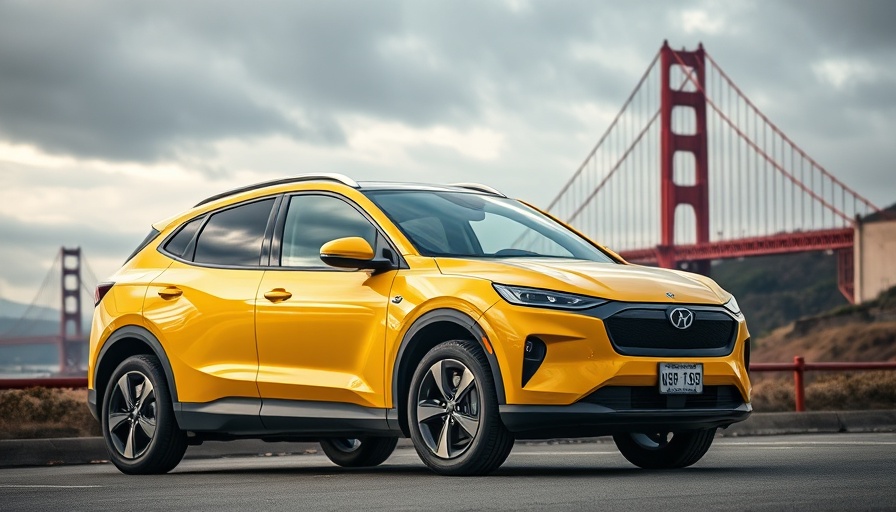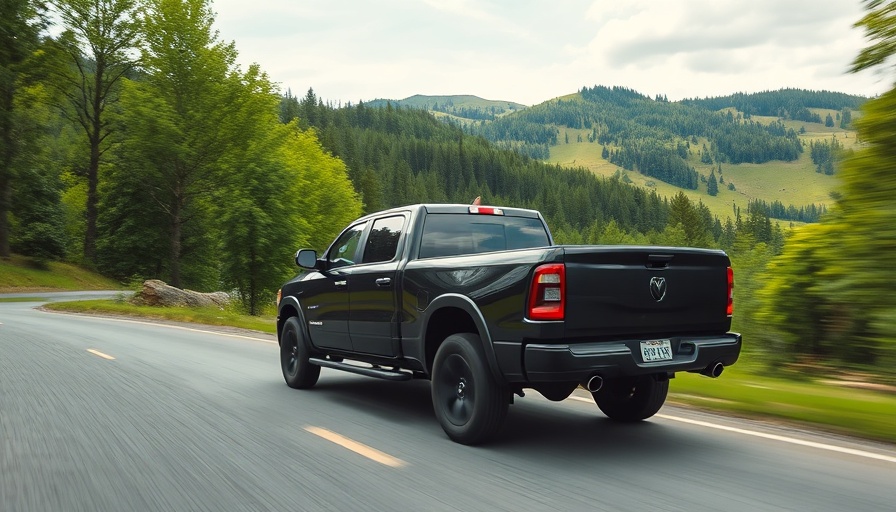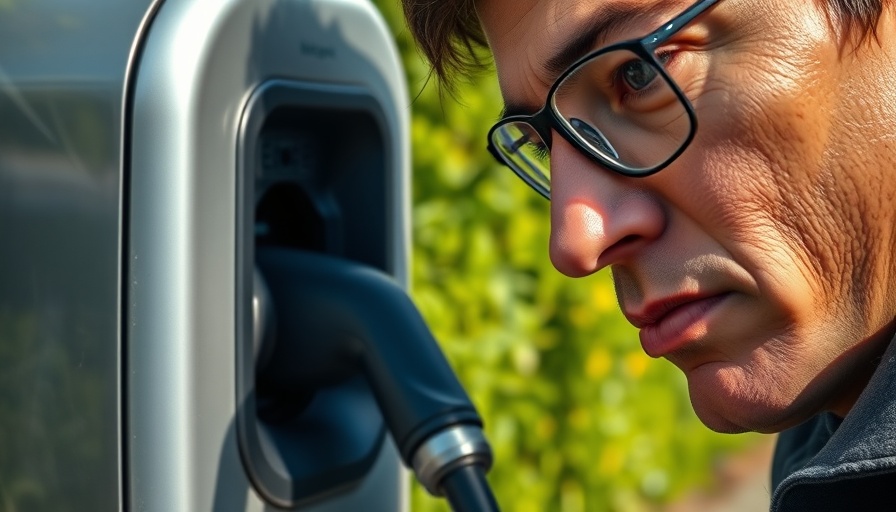
A Bold Step Forward for California's Emissions Rules
The Environmental Protection Agency (EPA) recently endorsed California's ambitious plan to transform the vehicle landscape by granting two critical waivers to the state's air resources authority. These waivers, tied to the Advanced Clean Cars II (ACC II) regulations, are set to gradually eliminate the sale of new internal combustion engine vehicles in favor of electric vehicles (EVs) by 2035. Under its Clean Air Act waiver, California holds the unique power to impose stricter emissions rules than the federal government, a privilege that many states aspire to follow.
The Ripple Effect Across States
California's pioneering move did not go unnoticed. A flock of states like Oregon, Washington, and New York have already adopted the ACC II framework for the 2026 model year. Meanwhile, others including Colorado and New Jersey are set to join a year later. This collective endeavor represents a significant portion of the U.S. auto market, indicating a monumental shift towards cleaner, more sustainable mobility solutions.
Future Predictions and Trends
As California's regulations take root, the automotive market is poised for transformative changes. We can anticipate an influx of EV models, technological advancements in battery efficiency, and a bolstering of charging infrastructure across the states. However, the political landscape poses challenges, particularly with a potential Trump administration, which has hinted at rolling back such progressive policies.
Counterarguments and Diverse Perspectives
While environmental groups hail California's movement as progress, industry figures express skepticism. The Alliance for Automotive Innovation—a key trade group—paints it as an unattainable regulation, raising concerns over industry readiness and the impact on vehicular costs. These contrasting views underline the complex tapestry of interests at play, prompting ongoing debates about the best path forward in reducing emissions.
Relevance to Current Events
This discussion ties directly into larger national conversations about climate change policy and sustainable development. With the automotive market standing at the crossroads of innovation and tradition, the push-pull dynamic between state rights and federal oversight continues to shape the future. Stakeholders, including dealer principals and finance managers, must navigate this evolving landscape to ensure alignment with both consumer demand and environmental imperatives.
 Add Row
Add Row  Add
Add 




Write A Comment